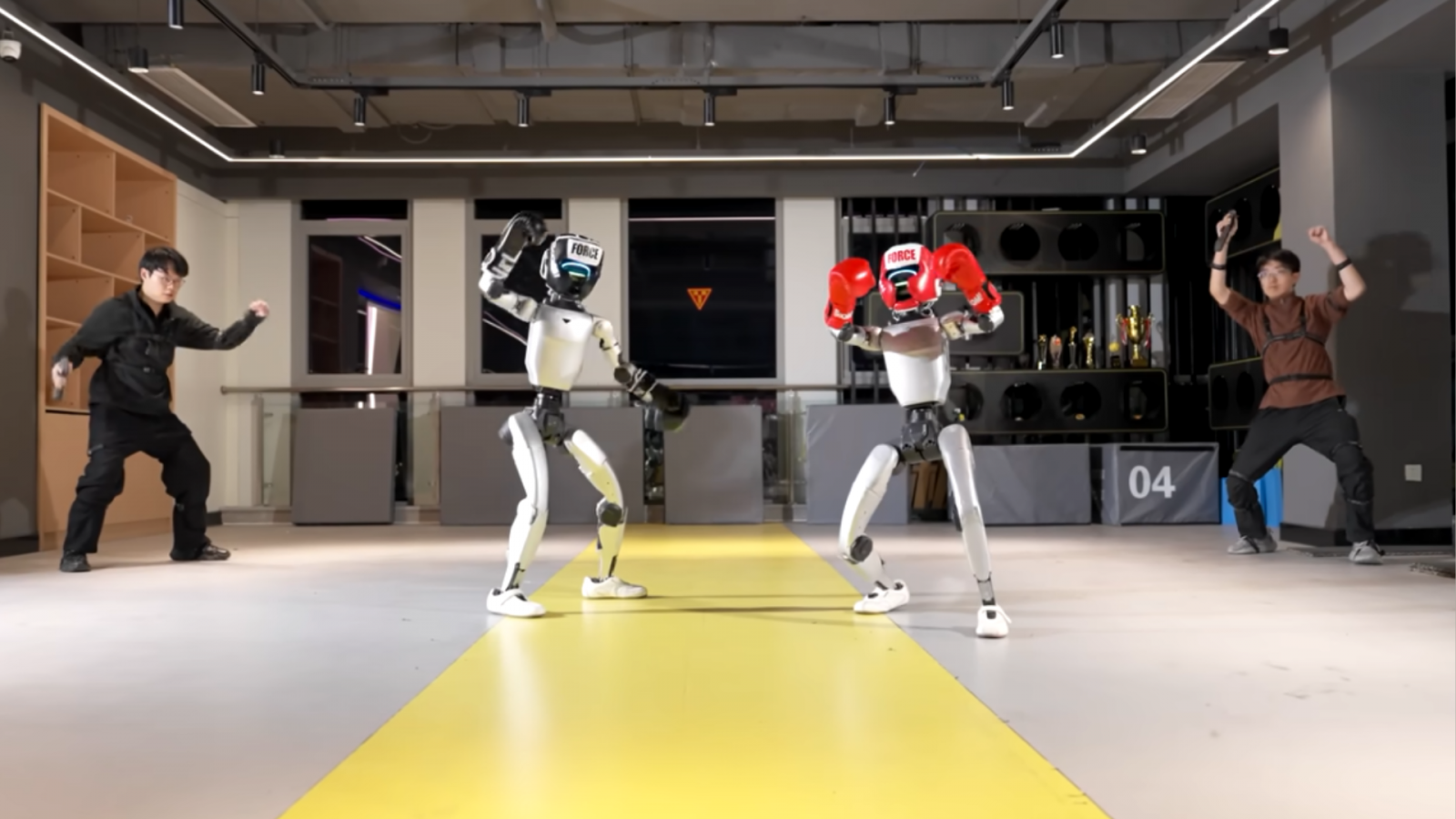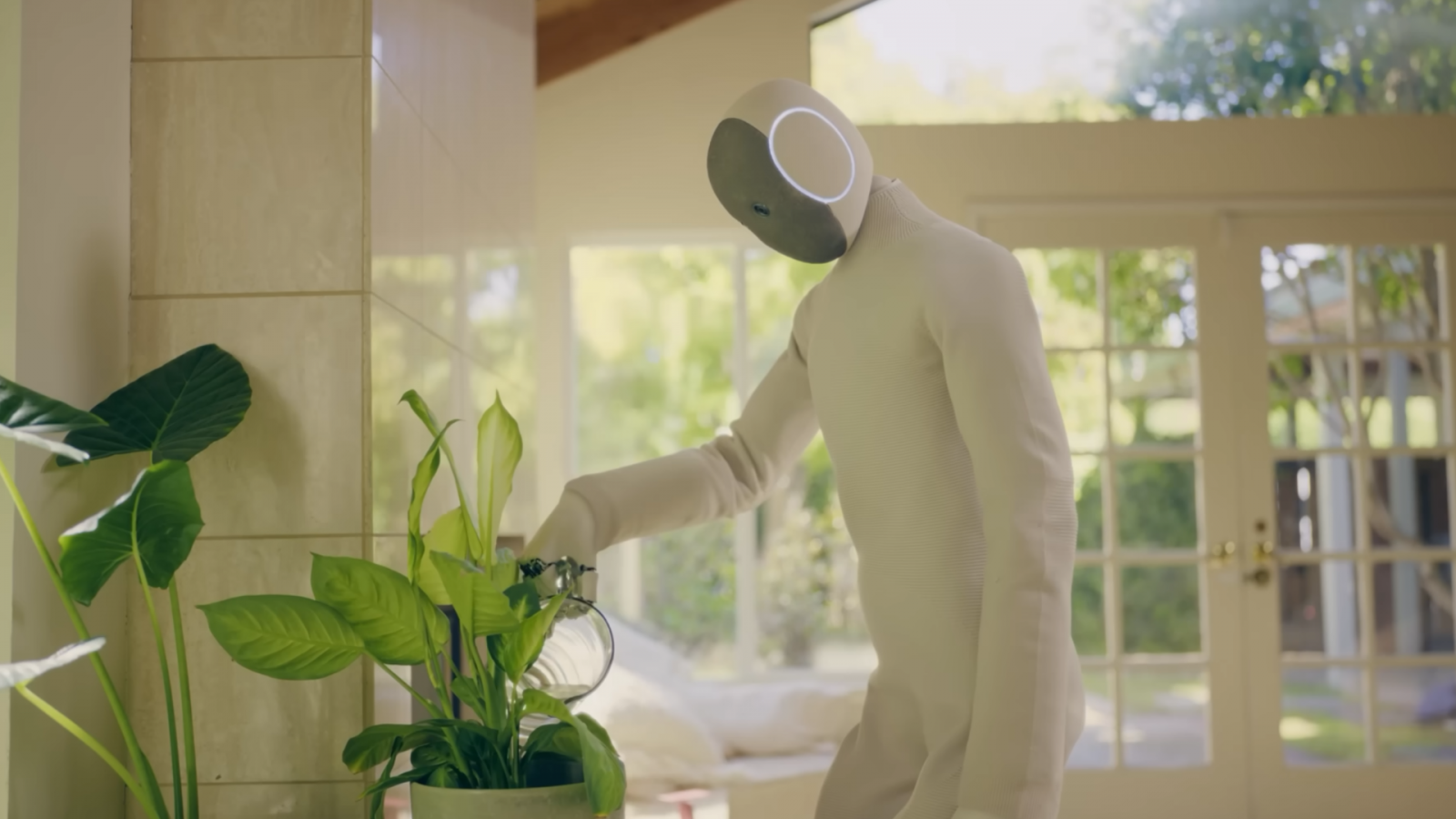Avatar Robotics - This is getting real - Neo vs Unitree

“Robotic avatars” refers to using a robot as a remote avatar for a human, effectively allowing the operator to “be there” and remotely control a robot’s entire body. Recent advancements in humanoid robots, like 1X Technologies’ NEO and Unitree Robotics’ G1 and H1, show that this concept is getting real. These robots are blurring the line between teleoperated avatars and autonomous robot assistants, marking a moment where some, like Unitree’s models, are already in users’ hands. In other words, humanoid robots are getting closer to being able to perform real-world, practical tasks.
While 1X’s NEO is still in its pre-release phase, Unitree’s humanoids are already accessible to the public, a contrast that sets the stage for a deeper look. In this article, we’ll delve into a detailed comparison of 1X’s NEO vs Unitree’s humanoid robots, discuss teleoperation vs autonomy in humanoid robot design, and explore various humanoid robotics use cases. Let’s dive in!
NEO: The Home Companion
NEO, developed by 1X Technologies, is among the first humanlike humanoid robots designed for domestic use. Its frame is covered in soft materials, and its internal tendon (cable)-driven mechanisms mimic muscle movement, giving it a more gentle and quiet range of motion. NEO is designed to assist with common household routines and engages in natural conversation.
Its intelligence combines machine vision, memory, and language understanding through an integrated Large Language Model (LLM), enabling more fluid dialogue with people, as well as adaptive behavior. While not yet fully autonomous, NEO is meant to learn through guided human oversight: a remote operator can step in via 1X’s “Expert Mode” to help it navigate and overcome unfamiliar situations, creating a continuous loop of improvement. Not yet released, NEO’s performance remains under evaluation through ongoing real-world testing.
Unitree: The Embodied AI
Already available on the market, Unitree’s Embodied AI platform originates from a company already recognized for its agile robotic dogs and research systems. Built for full-body teleoperation and real-time learning, the system acts as a physical avatar (telepresence robot); an extension of its operator. In demonstrations, motion capture suits and VR headsets have allowed users to control the machine’s movements with remarkable precision and speed, performing tasks and manipulations in real time without accelerated playback, displaying a level of transparency in robotics demos and videos.The platform is available now, positioning Unitree among the early companies making embodied AI technology accessible to users today.
Each teleoperated session not only completes a task but also collects motion data that helps the system refine its adaptive AI models. Unitree also has full simulation software where robots optimize movements for specific tasks without the need to physically move a robot, allowing the best method between real-world and simulations to prevail.
Inside the Experience: Living Through Avatar Robotics
With NEO and Unitree’s new platforms, a humanoid robot becomes an extension of the human body. Through an easy-to-use interface like a motion capture suit or VR headset, the operator controls the machine, seeing through its cameras, potentially feeling motion through haptic feedback, and moving as naturally as if they were there themselves. The distinction between human and machine is fading, giving rise to a new form of telepresence where control evolves into embodiment.

Home Assistant or Avatar Platform?
NEO is built for semi-autonomous operation in real-world settings, assisting with daily routines and learning through human guidance. Unitree’s system is designed largely for both home and accelerated humanoid research and development, enabling teleoperation where users can control a humanoid body with precision and low latency, but with the ultimate goal of full autonomy. Together, they demonstrate that humanoid robots have arrived, aiming to deliver practical assistance to humans and real embodied telepresence.

1X Neo Vs Unitree G1
NEO and Unitree’s platform approach the same goal, practical humanoid robotics, from opposite directions. NEO is built around autonomy and familiarity and is designed to live among people, interpreting speech, learning habits, and performing everyday tasks through a mix of onboard AI and human supervision. Its form is deliberately soft, quiet, and approachable, aiming to make robotics a natural part of domestic life.
Unitree’s G1 prioritizes control, speed, and precision. Rather than acting independently, it serves as a physical extension of its operator. Through motion capture or VR interfaces, users can move, grasp, and interact with the robot’s body in real time. This system is less about companionship and more about embodiment, turning robotics into a medium for humans and their skills to operate at a distance.
One refines autonomy by imitation; the other refines imitation into autonomy. Together, they reveal the two halves of today’s humanoid robotics progress: the instinct to create helpers that understand us, and the drive to build machines that can quite literally stand in our place.
How the Public Sees Humanoids Today
As humanoid robots step into public view (physically and metaphorically), reactions have ranged from fascination to fear. Demonstrations of robots performing lifelike motions from cleaning to object handling and fast-paced actions like flips and martial arts, dancing, and boxing, have spread quickly online, sparking both excitement and reflection. Viewers admire the robots’ precision yet wonder how easily such technology might blend into everyday life. The conversation has shifted from whether we’ll live with humanoid robots to when and how we’ll coexist with them. What once felt abstract just a few years ago now feels tangible, and that familiarity is reshaping our comfort with the presence of these increasingly intelligent machines.
What Comes Next for Avatar Robotics
By 2026, NEO is expected to enter homes as a semi-autonomous helper and companion, while Unitree’s lineup, already available with models like the G1 and soon to expand with the R1 and H2 expected in 2026, is being adopted by research labs, universities, and development spaces. Both are pivotal in defining how humans and intelligent robots will collaborate. Together, they signal the beginning of a new era, where humanoids move from prototypes to real-world presence. What once seemed like imagination now stands not so quietly beside us, waiting to be welcomed into our daily lives.
Explore Unitree Robots at RobotShop
As an Official Unitree Robotics Distributor, RobotShop provides direct access to the complete Unitree lineup, including the H1, G1, Go2, A2, B2, and the upcoming H2, as well as the R1, now open for pre-order.
Whether you’re an educator, researcher, or professional developer, visit our Unitree Robotics page to explore models and find the platform that best fits your project. RobotShop provides official Unitree products with warranty coverage and dedicated support worldwide.
Source: Unitree Robotics official website & YouTube Channel– October 2025.
Thanks for helping to keep our community civil!
This post is an advertisement, or vandalism. It is not useful or relevant to the current topic.
You flagged this as spam. Undo flag.Flag Post



